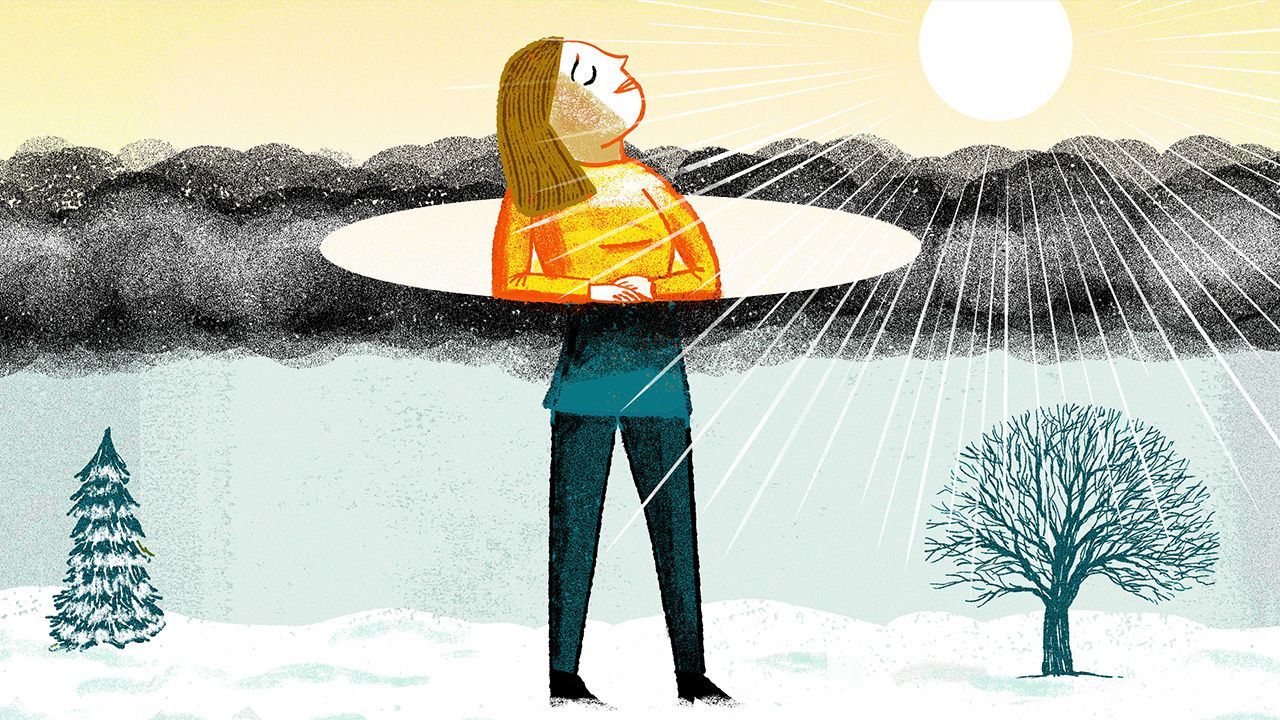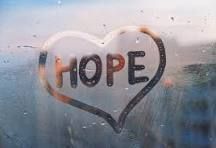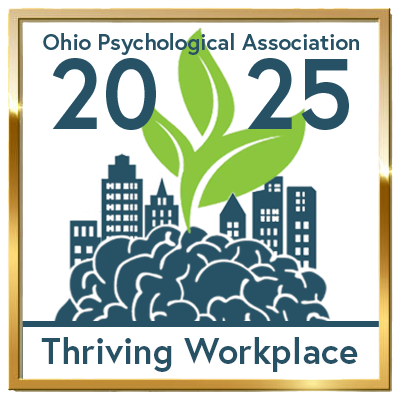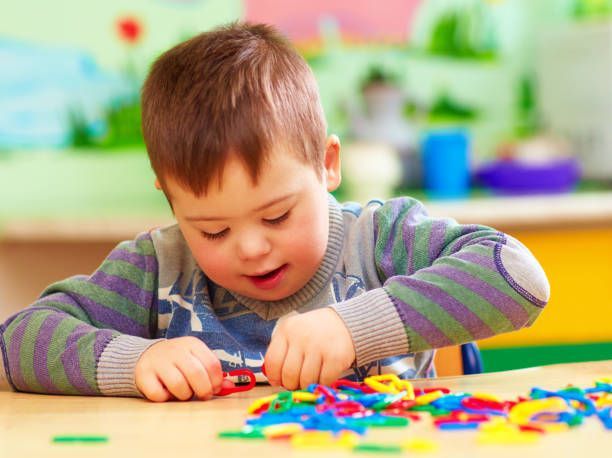
April is Autism Acceptance Month. With the number of individuals diagnosed with autism increasing every year, there has been a transition from autism awareness to autism acceptance. The journey toward acceptance begins with education. So, what is autism?
Autism Spectrum Disorder is a life-long developmental disorder that affects how a person communicates with, and relates to, other people. It affects how they make sense of the world around them. It is a spectrum condition, meaning that people with autism may share certain difficulties; however, their condition will affect them differently. The three main impairment areas are communication, social interaction, and behavior.
HOW MANY KIDS HAVE AUTISM AND WHAT ARE SOME CHARACTERISTICS?
C&A therapist Sunni Abney recently gave a staff presentation on Autism. In that presentation, Abney said one in 44 children are diagnosed with autism in the United States. Boys are four times more likely to be diagnosed with autism than girls.
More common characteristics of autism include:
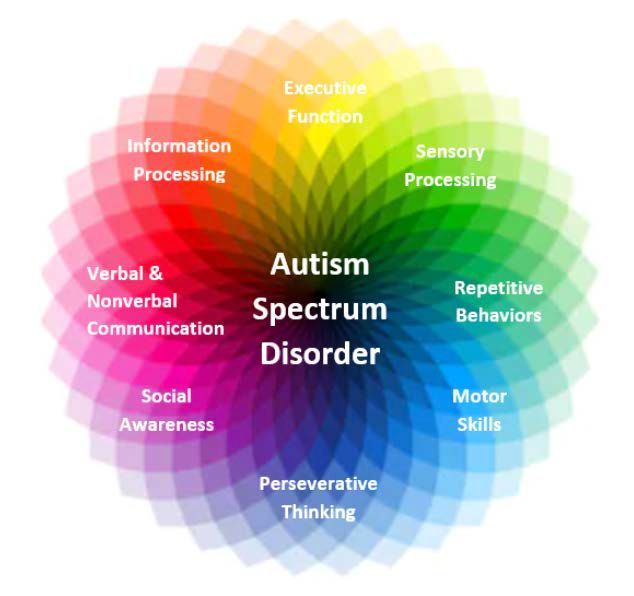
- Food aversions
- Parallel play
- Honesty
- Avoid eye contact
- Struggle to understand idioms
- Difficulty reading social cues
- Special interests
- Difficulty identifying emotions correctly
- Attachment to objects
- Often have sensory processing issues
- Good long-term memory
- Engage in stimming
- Struggle with change
- Difficulty with executive functioning
- Repetitive words/phrases
- Struggle to initiate or sustain a conversation
- Unaware of danger
- Sleep challenges
- Overreact/underreact to pain
Here are a few common traits for females – engage in masking leading to burnout, attempt to make friends by mimicking behaviors and controlling others, advanced vocabulary, and anxiety is often a prevalent characteristic.
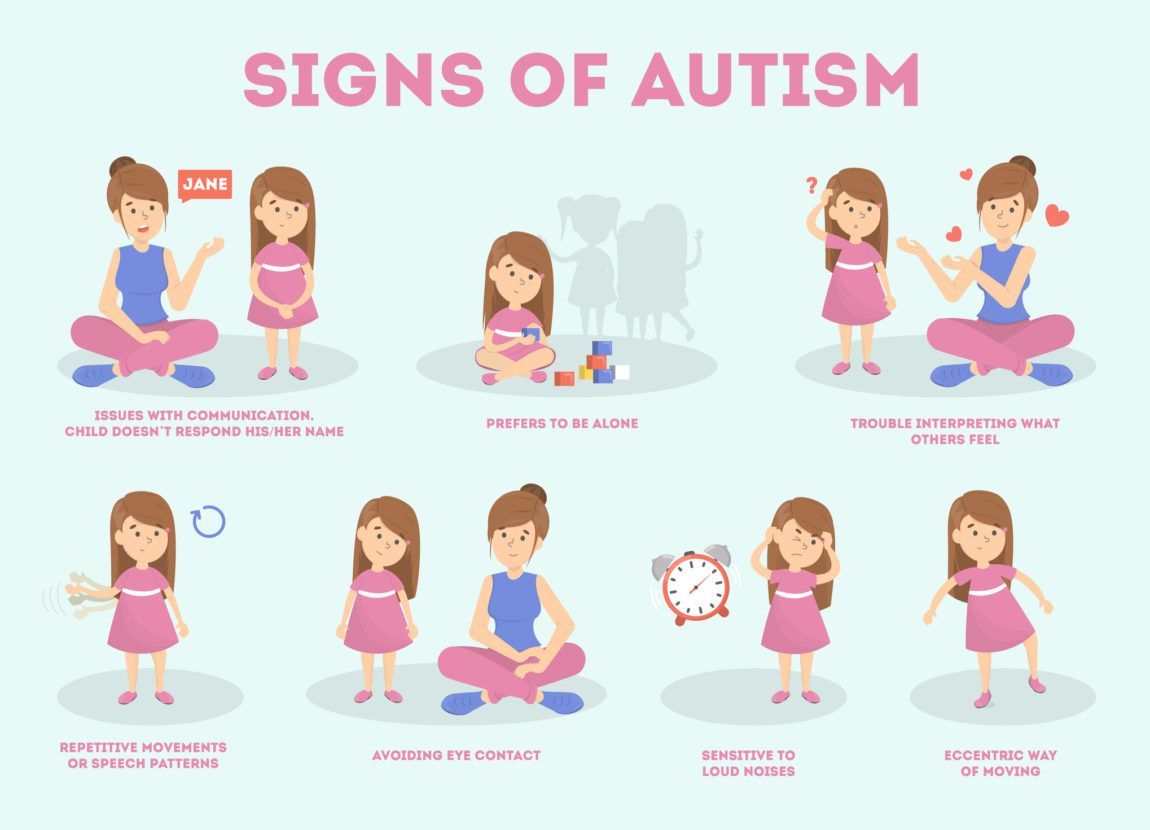
Behaviors
One of the behaviors children with autism experience is stimming. Stimming is a self-stimulatory behavior that usually involves repetitive movements or sounds. It can be used to help the individual stay focused, manage anxiety, assist in dealing with sensory overload or an unfamiliar situation, and express frustration. There are six types of stims – visual, auditory, tactile, vestibular, taste and olfactory.
What does some stimming look like? Examples of some stimming is rocking, humming, grinding teeth, rolling eyes, clapping hands, squinting, cracking knuckles, jumping or coughing/clearing throat.
Stimming only requires intervention when it disrupts others, is harming to themselves, interferes with socialization and/or acceptance from peers/community or interferes with learning.
Here are additional stimming behaviors and replacements:
- Hand flapping – stress ball or other fidget, color or draw, arts and crafts, kinetic sand or play dough
- Spinning in circles – go for a walk, act as staff helper, activity in gym and weighted blanket
- Licking items – chew gum, eat a snack, engage in conversation, pencil topper, chewy
- Repeating Lines from a show – ask a question about a show, engage in conversation about the show, give a specified amount of time to talk about the show
- Rocking back and forth – lay on the floor, go for a walk, activity in gym, use an exercise ball as a desk chair
- Jumping – provide a chair band, go for a walk, activity in gym, going up and down the stairs
The key to controlling stimming is communication, eliminating triggers, sticking to a routine, teaching alternative behaviors to reach the same need, and addressing the reasoning behind the stimming.
Sensory Processing
Individuals with autism often have difficulties organizing information from their senses, difficulty regulating emotional reactions, poor balance, coordination, and muscle control.
Some of the triggers for individuals with sensory processing are:
- Buildings – smells, lights, sounds of multiple voices and zippers on bookbags
- Schools– smells, hallway lighting, multiple voices, classroom lights, air purifier, smell of lunch, snack/lunch wrappers, people drinking/eating, desk drawers opening and closing, clock ticking, clicking of pencils/pens, staff phones, facets, keys, fidgets.
- Offices – lights, smells, clock ticking, temperature, sounds/voices from other offices, fabric on chairs
Individuals with autism are divided into two groups – avoiders vs seekers.
Avoiders/hypersensitive tend to avoid or escape stimulation, avoids active movements or activities, become agitated in presence of stimulation, may meltdown due to sensory overload.
These types of kids will cover their ears, be distracted by background noises, be agitated in large groups, can hear frequencies others can’t, and avoid common sounds.
Tips to help these individuals include limit the number of steps given verbally, provide headphones and gradually introduce new, calming sounds.
In a visual setting, these individuals are sensitive to bright lights and sunlight, sensitive to certain colors and squint or use peripheral vision.
Visual tools include providing sunglasses, limit stimuli on the walls, move desks from windows and low lighting.
Individuals who are seekers/hypo-sensitive often are viewed as acting out or defiant and disruptive, crave or seek out stimulation, under-reactive to input, may not register low-level stimulation, hyperactive and impulsive.
These individuals speak loudly, don’t notice sounds unless they are loud and make loud repetitive sounds. Tips for these individuals include playing calming music, nature sounds, as wells as hum, clap or whistle sets of sounds and the client repeats.
These kids may be attracted to visual stimulation, like lights turned on and off, reflective surfaces, and likes moving objects.
These individuals will like hidden pictures, create and use a sensory bottle, play hide and seek, scavenger hunts, sort shapes and play ‘I spy.’
Most neurodiverse individuals are a combination of both avoiders and seekers.
Sensory Overload
Many autistic individuals have a sensory overload, which causes the individual to lose balance or coordination, refusing the activity, covering their ears, crying, complaining of stomach pain, sweating excessively, easily agitated/angry, stimming, echolalia, verbal and/or physical aggression and non-verbal.
Tips to help individuals may include turning down the lights, minimal things on the wall, give instructions in few steps, allow additional time to process directions, give additional time to complete activity/play game, quiet instrumental music, provide a visual schedule, advanced warning of change in routine, sensory toolbox.
Many schools today have sensory rooms. But if a school does not have a sensory area, here are some tips a school could implement. The school could have pipe cleaners, worry stones, stress balls, Pop-it, Rubik’s cube, Tangle, bubble wrap, sensory bottle, slinky, squish ball, coloring pages, headphones, fidget spinners, stretch fidget, kinetic sand, expanding ball, animal squishy, marble fidgets, infinity cube, fidget cube, marble maze, cotton balls, Legos, and bubbles.
If you feel your child may be on the spectrum or is experiencing stress, anxiety, or other behavioral issues, please contact C&A at 330.433.6075.
Sunny Abney, MA, LPC, has been a therapist at C&A for 11 years. She currently works with clients in our Day Treatment school. Abney is the parent of two sons with autism. The information for this post was taken from a staff training she did on Feb. 21.
RECENT POSTS



